Many check valve manufacturers in India found that many are confused between a backflow preventer and a check valve. Backflow is when the fluids flow back into the supply again. The backflow preventer is a fitting that is being used to ensure that no backflow is going to occur. A check valve, a non-return valve, ensures that fluids only flow in one direction.
Understanding a backflow preventer

This is where water can flow back to where it came from. For example, you purify water, and the filthy water is backflowing into the clean water. You are contaminating it again.
This is why a backflow preventer is so important. It prevents water from flowing in the opposite direction, which can cause serious problems. Once the water flows through the preventer, it can’t go back. It is making the water run in one direction. These preventer fittings are installed at cross-connection points. In short, a backflow preventer offers complete protection from water flowing back into the main water supply, risking contamination.
Features of the backflow preventers
Backflow preventers can be used in residential, industrial, and commercial environments. The main application for backflow preventers is to block the flow of water or gas from backflowing. The backflow preventer has only one function. This is to ensure that no backflow occurs in high-pressure areas.
The different types of backflow preventers
Something essential to know before purchasing any backflow preventer at check valve manufacturers is that there are different preventers to buy. There are many preventers, but these are the most common ones, especially for residential areas.
A double-check valve assembly, also known as DCVA
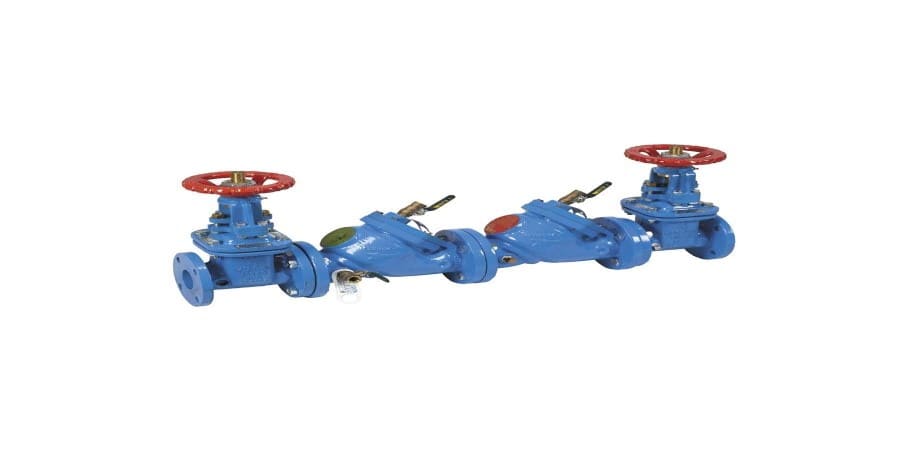
This fitting is best for low- to medium-hazard applications. The double-check valve has two independent check valves to prevent any backflow. These preventers are also called double-check assemblies.
The double-check valve assembly is underground or in indoor installations. The valve consists of an inlet shutoff valve, two spring-loaded check valves, an outlet shutoff valve, and four test cocks. It is essential to know that the double-check assembly can be installed vertically.
Pressure Vacuum breaker, also known as PVB.
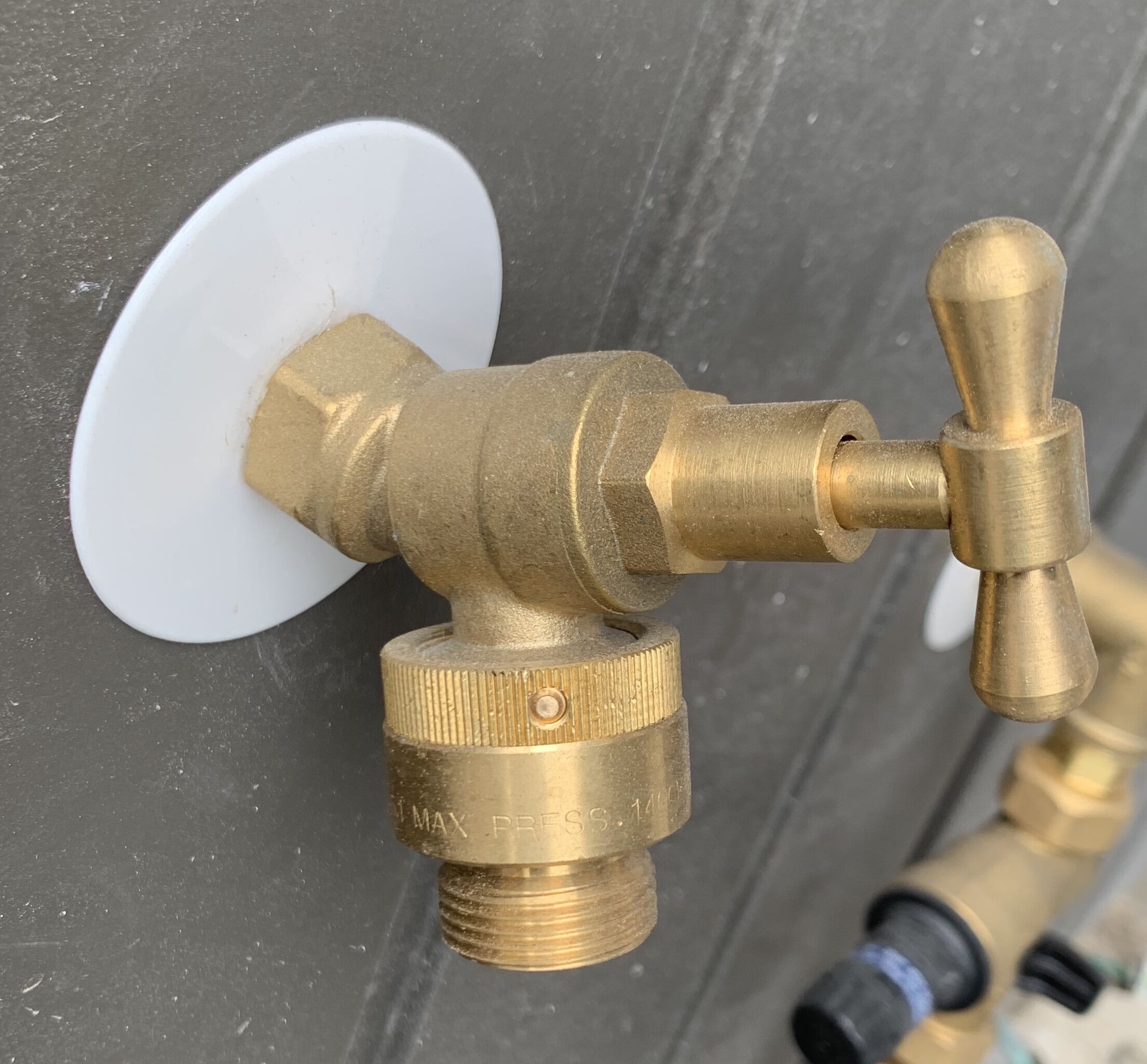
The pressure vacuum backflow preventer makes use of a spring-loaded poppet valve. These fittings are normally used in underground sprinkler systems.
This backflow preventer consists of an inlet shutoff valve at the bottom of the fitting and the valve body with the pressure vacuum breaker. It also has a check valve, two test cocks, and an outlet shutoff valve.
Reduce pressure zone
The Reduced pressure zone is also known as the reduced pressure principal assembly. This is one of the most complex preventers and the most expensive.
However, it is the most secure and reliable to prevent backflow. The reduced pressure zone preventer has one inlet shutoff valve and two spring-loaded check valves. These two valves are separated with a pressure differential relief valve, an outlet shutoff valve, and four test cocks.
Advantages and disadvantages of the backflow preventers
The advantages of a backflow preventer include:
- Drinking water will stay clean and safe to use
- Avoiding damage by replacing or installing backflow preventers in your home
- NO disruptions due to backflow events
- No smell or spillage in your home
- Easier to comply with legal codes and regulations
Disadvantages of the backflow preventer include:
- Installing and cleaning a backflow preventer can be messy
- An experienced plumber will need to do the installation. It can be expensive to replace or install the preventer.
- It is hard to access the perfect location for installing a backflow preventer.
Understanding check valve
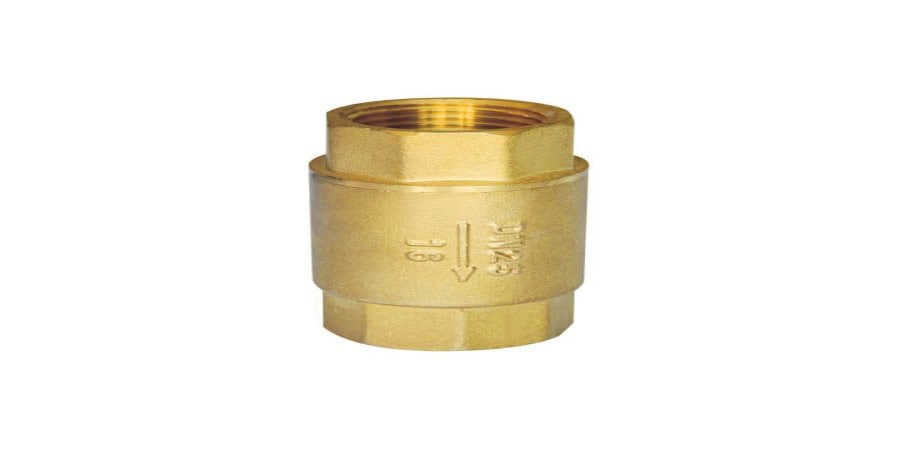
The check valve stops water from flowing in the opposite direction. This fitting is also called a non-return valve. It only allows fluids to travel in one direction. However, it doesn’t give the same level of protection as a preventer fitting. According to check valve manufacturers in India, having a foreign object stuck in the valve is easy. Causing the valve to lock open, and leaks will occur. The valve has two openings: the inlet and the outlet.
Advantages and disadvantages of these check valves
The advantages of installing check valves include:
- Fluids will run in one direction. It will prevent backflow.
- Check valves to maintain pressure through your system. It can withstand high pressure without leaking or breaking.
- Check valves can be used for any form of liquid or gas.
Some of the disadvantages of check valves include:
- Check valves can not be used for high-density or high-viscosity fluids.
- Leakage is possible when the two sides don’t have the same pressure
- Wear and tear can cause failure and damage.
A complete guide about the differences between a backflow preventer and a check valve

It is essential to know when to choose the backflow preventer and when to choose the check valve from check valve manufacturers. It is also important to know why you can’t install a check valve where a preventer should have been installed. They both prevent a backflow of water into the main water supply. There is some information about the differences between the preventer and the check valve.
Main functions
The main functions of the preventer and check valve are different. The check valve’s main function is to stop fluid from going back in the opposite direction. The backflow preventer stops contaminated water from entering your water system.
Protection
The backflow preventer has more than one protection layer. Some have two check valves that ensure no backflow is possible. This is why you can’t use a check valve in areas that need higher protection. The check valve is just one layer of protection and doesn’t offer as high protection as the backflow preventer.
Applications (where it can be used)
It is known that people are getting confused between the preventer and the valve. The application is the main and crucial difference between the backflow preventer and the check valve. Where you will use and install the fitting. The application of the backflow preventer is to protect drinking water sources. The check value application creates water features like aquariums, airlines, sump pumps, and even sewer systems.
Location of installation
The backflow preventer is installed at an outlet where drinking water flows into water systems in buildings and to your home. The check valve is added to wherever backflow can damage the system where it’s installed. A backflow preventer is installed in high-hazard situations. It is meant to protect the water from returning. The check valve is installed in low-hazard situations, like in residential areas and small businesses.
Costs
If you look at the costs between the preventer and the valve, you will see that the check valve is cheaper than the backflow preventer. It is known to be two to three times more expensive. The main reason why the preventer is more expensive is the higher level of protection. It has two check valves to ensure nothing returns to the main source.
The main differences between a backflow preventer and a check valve
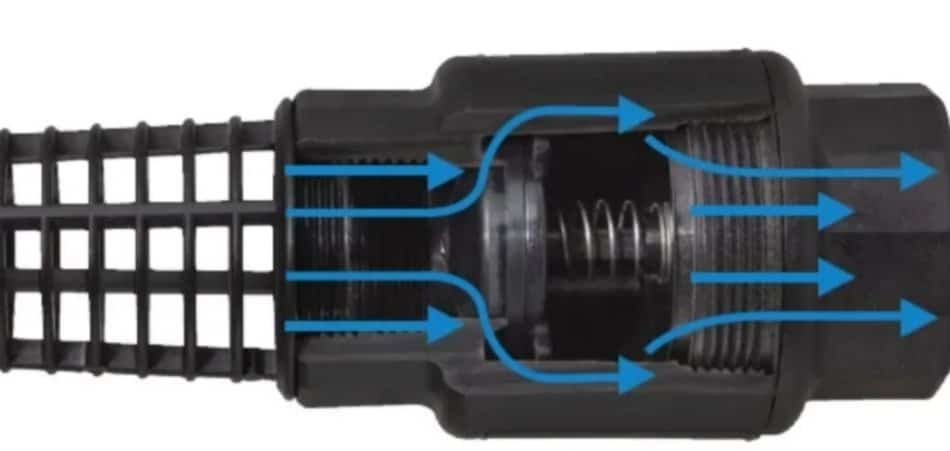
For those who don’t know, there is a huge difference between the backflow preventer and the check valve from swing check valve manufacturers. If you need one of these devices, you might want to ask a professional check valve manufacturer in India. They will give you all the information you are looking for. You only need to know that the backflow preventer prevents contaminated water from entering the clean water lines. It completely stops the flow so that the water isn’t contaminated.
The check valve makes it cheaper to buy and easier to assemble. However, you still need to ensure you purchase the right preventer typeer. Different products fall under the backflow preventer and the check valve.
| Backflow preventer | Check valve | |
| Main purpose | Stopping water or gas from returning to the source | Stop fluids from returning by flowing in the opposite direction |
| Applications | Protecting drinking water from contamination. | It can be used in aquariums, plumbing systems, and sump pumps |
| Protection | It contains two check valves for double protection | Have only one layer of protection. One valve disc |
| Costs | More expensive | Cheaper option |
Backflow preventer vs check valve. When do you choose which one to install?
Most people would want to purchase the check valve for their homes. Due to the lower water pressure and hazard risks. But when do you need to consider a backflow preventer, and when can you install the valve?
You will need to install a backflow preventer for:
- Mechanical Pipe systems like HVAC. These systems need cold water as well as hot water.
- At fire suppression systems where high-pressure water is running
- Manufacturing systems and darkroom sinks should also get a preventer instead of a valve
You can use a check valve for:
- Household water systems. To ensure the hot water doesn’t flow back to the cold water.
- Dishwashers and washing machines also use check valves, so there is no need for high-pressure fittings.
- Keeping sewers from mixing with fresh water at domestic allocations is essential. With a one-way flowing system, the check valve will keep sewerage away from clean water.
Backflow preventer and check valve: What are the differences in selection requirements?
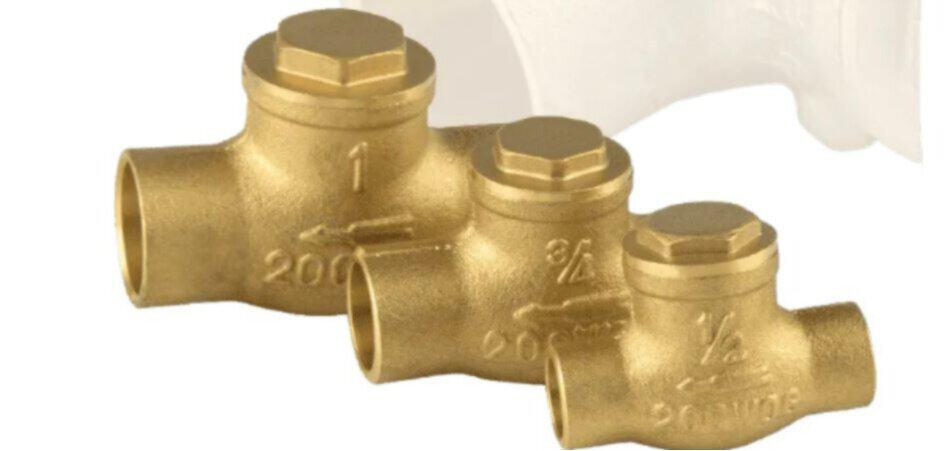
The first and most important selection requirement difference between the backflow preventer and the check valve is the pressure levels. For high-pressure, gas, or water, a preventer is recommended. For lower pressure circumstances, the valve can be installed.
The level of risks also plays a part in choosing between the preventer and the valve. High-risk substances, like gas, petrol, or any other fluid, must use a backflow preventer. It offers the highest level of security. And it doesn’t need to be replaced as often as the check valve. Using a check valve in a high-pressure zone will make the valve fail much more accessible, with huge amounts of damage.
Should you buy a check valve or a backflow preventer? Things to consider
There are a couple of things that can assist you in deciding which fitting to install. Should you purchase and install the preventer or the valve?
With high-pressure pipes and fittings, you will need to install a backflow preventer. It can withstand high pressure. You can install a check valve for household water systems because there is no need for high-pressure fittings. It needs to be purchased at check valve manufacturers in India. Are water or hazardous products flowing through the pipes? Then, a backflow preventer is required. Check valves might leak, and gas and water can mix. They are making it dangerous for people.
The backflow preventer is more expensive than the check valve. This is the main reason why people would choose the check valve. This isn’t an intelligent choice. It might be less expensive but can’t be installed in any system. The backflow preventer should be installed in areas where the plumbing requires a high level of protection against backflow.
Conclusion
Before you visit a copper fitting supplier, you need to know the difference between these two fittings. With these differences in mind, you can see a hardware store and find the right tools for the job. Even if it means you must read more about the differences between the two valves. The last thing you want is to buy the wrong fitting and valve for your water system. We are making it easier by giving you all the information you need so that you can decide which one to purchase.